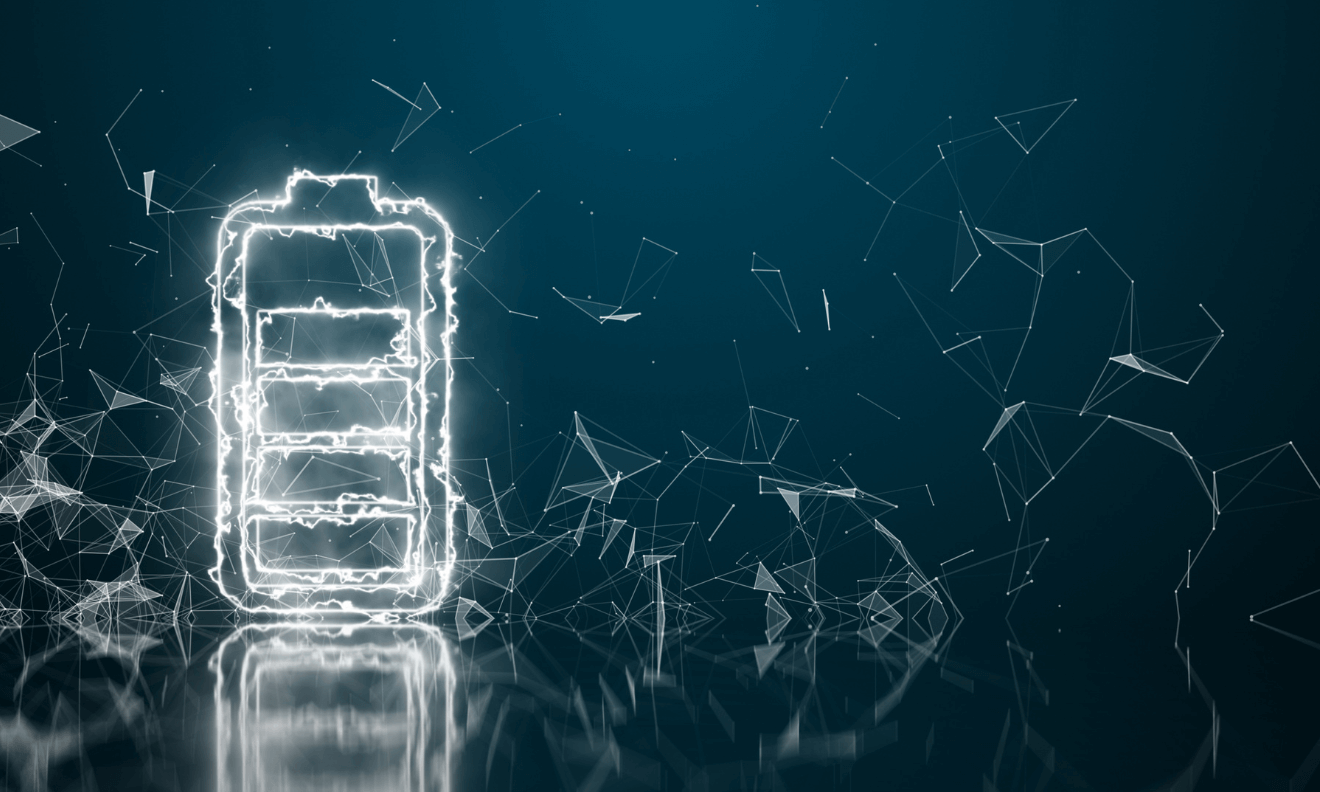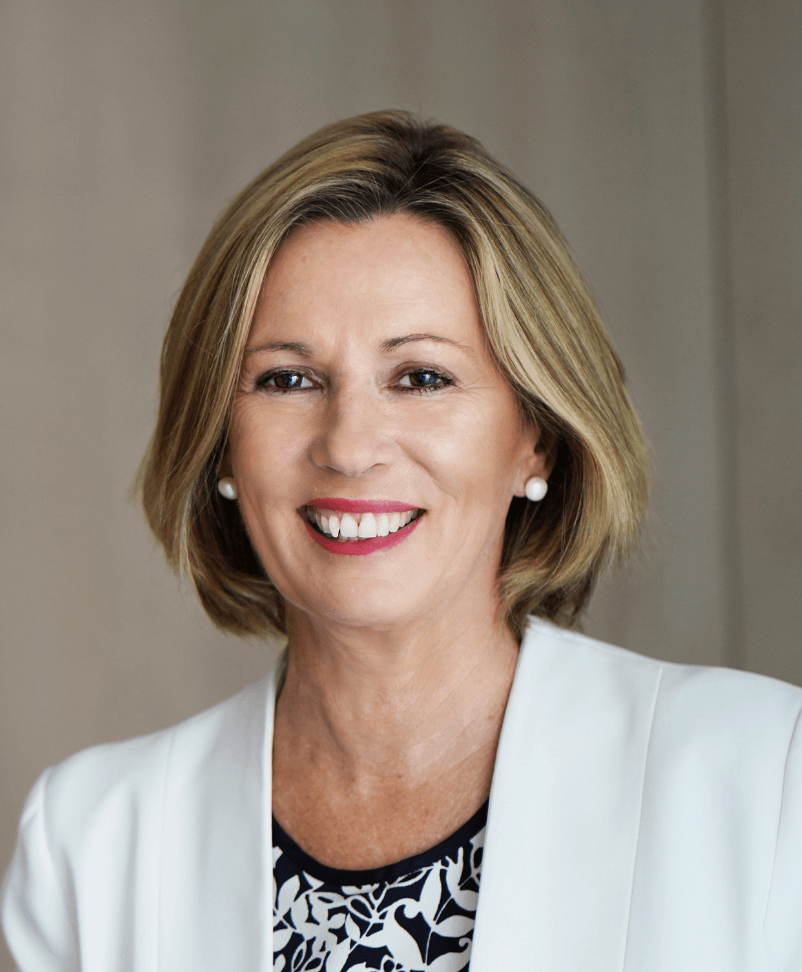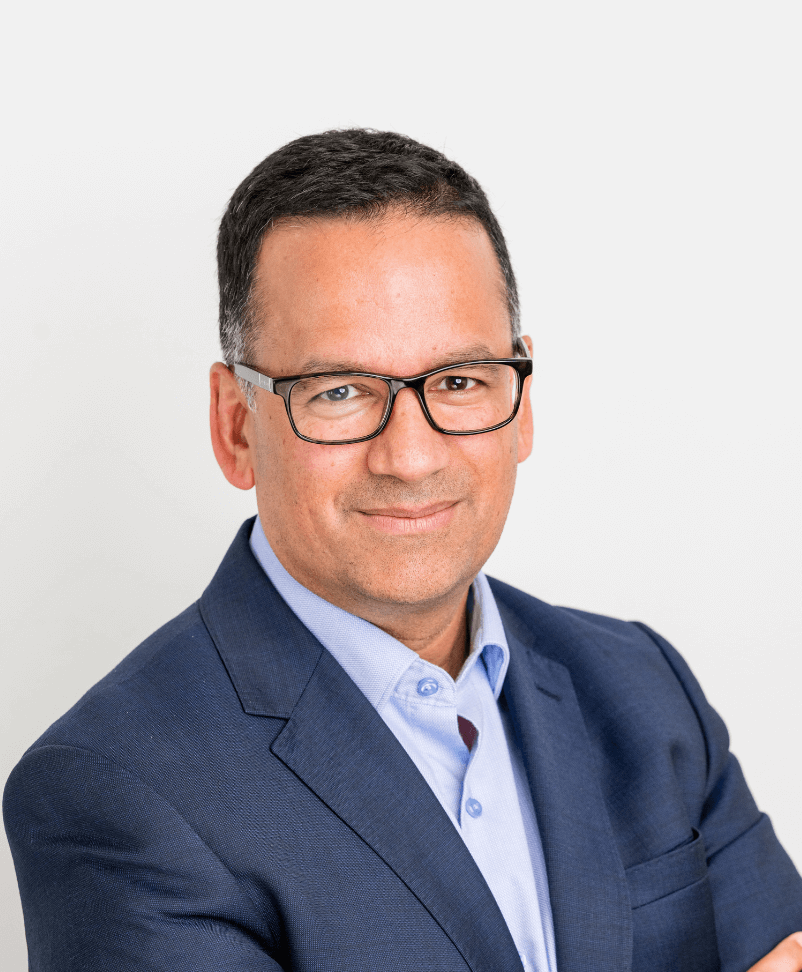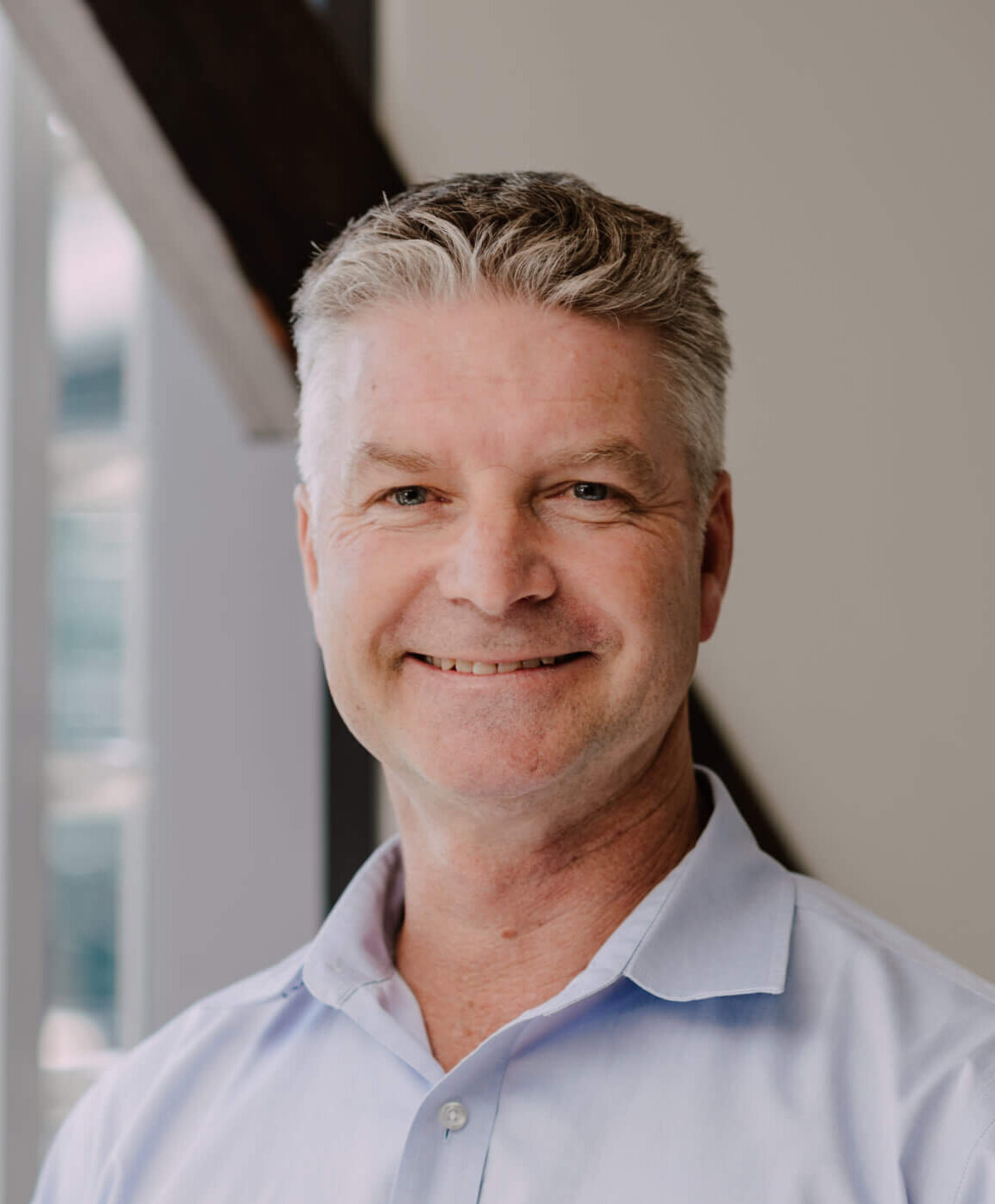The Art of Leadership Newsletter
The global pandemic has been a test of leadership like never before: what we have been observing is that so many of you have led with skill, responded with professionalism, adapted with empathy, stayed calm, and embraced changes.
Now it’s time to rest, reflect and recharge.
Our final blog of the year is on how to do just that: recharge – deliberately and effectively.
Thank you for your support, care and partnership throughout this year and we look forward to engaging with you in 2021.
Virginia
Four Steps for Recharging Your Energy
2020 has been a challenging year to say the least. The impacts of COVID 19 have seen the average working day increase by 8.2% (that’s an extra 49 minutes per day), the amount of emails increased by 5.2% and the amount of emails sent outside of work hours increased by 8.3%. Couple this with the increase of video calls, the rise of ‘Zoom fatigue’ and the underlying anxiety brought on by a global pandemic, it is little wonder we are in need of some time off to recharge.
For many people in this part of the world at least, the holiday season will provide such an opportunity with a number of organisations closing down for two to three weeks to provide their people with that much needed down time.
But when it comes to recharging, it is not just about having downtime, it is about having a deliberate plan and structure. A model for high performance, developed two decades ago provides a perfect step by step approach to building a personal plan for recharging. Loehr and Shwartz’s Performance Pyramid states that to perform at our best we need to have capacity in the following domains: physical, emotional, mental and purpose.
Think of each of these domains as batteries that ‘power’ a device (you). For you to function optimally, each of these batteries has to be fully recharged.
What Loehr’s and Schwarz’s studies show is that these domains are interconnected from the bottom up. In other words, when we charge our physical ‘batteries’, the charge ‘spills’ up, charging the other three ‘batteries’.
How to Recharge:
There is no one specific way to recharge in each of these domains: – what works for one person may not be as impactful for another. Therefore, it is important to think about what activities will work best for you.
Physical:
Two key elements that go into recharging your physical capacity are sleep and movement.
When it comes to sleep, especially for recovery, it is the quality of sleep that is important. In addition to avoiding screen time in the evening, there are a number of approaches that support our ability to sustain quality sleep. One of the tips provided by “The Sleep Doctor” Michael Brues is to go to bed and wake up at the same time night every night to keep our circadian rhythms in balance. This one is especially important when we are taking holidays because it is easy to fall out of routine without a work schedule.
Physical movement (exercise) also plays a key role in recovery. This time of year can often be a tale of two extremes. The end of year rush as people sprint to the finish line to get all their work completed can often mean movement takes a back seat. Come January 1st as people take on their New Year’s resolutions. Suddenly we see people exercising everyday and often at high intensity as they try to make up for lost time. Intense physical exercise is actually a stress on both the body and the nervous system and can often be draining as opposed to rejuvenating. If recharging is your primary goal, consider light to moderate exercise. Doing activities outdoors that are fun and enjoyable like bike riding, hiking, walking or playing in the park with the kids are a highly effective way to recharge the batteries.
Emotional:
Recharging your physical capacity will have a flow on effect and begin to recharge your emotional capacity. After all, it is very difficult to focus on emotional capacity if you are physically drained. Building physical capacity lays the foundation to focus on approaches for building emotional capacity. Here are some of them:
1. Self-Acknowledgment
A key element to recharging emotionally is taking time to reflect on the year that was, which means inspecting what went well, and acknowledging that you made it through what was a very tough year. It is also a chance to reflect on what didn’t work as well as you might have liked.
2. Planning Ahead
This time of year is also a good chance to look ahead to 2021 and think about “what does good look like and where do you get your energy from”.
3. Reaching Out
Another key strategy is to turn your attention outwards and think about what you can do to help others around you. Helping the people close to us, or even people we don’t know can be very emotionally rewarding. Expressing gratitude to others has also shown to be a powerful practice for building emotional capacity and a general sense of well-being.
Mental:
The third level of the performance pyramid—the mental or cognitive—is primarily about our ability to maintain focus. Loehr and Schwarz define focus as “energy concentrated in the service of a particular goal”. They point out that anything that interferes with focus dissipates energy.
There are many approaches that recharge our capacity to focus—however, what they all have in common is the need to apply them regularly. Neuroscience research shows that mental capacity is directly correlated with the amount of neurological connections between the right and left brain. Put simply, mental capacity is a product of rituals that build and maintain the brain’s circuitry for focus.
So, think of an extended break not so much as building capacity, but finding or strengthening a ritual that builds and sustains mental capacity for the long run. Here are three tried and tested rituals:
1. Meditation
Meditation quiets the mind, the emotions, and the body, supporting energy recovery. Essentially, meditation is the practice of allowing the mind to naturally focus on an object. For example, it might be regularly sitting in a quiet space and focusing on the breath for a few minutes or watching the daily sunset or sunrise.
2. Playing sport
If you needed an excuse for a round of golf, or a game of tennis, now you have one. In their research Loehr and Schwartz found that what set the world’s best apart in the sporting arena was their ability to apply practiced rituals in the heat of the battle. By providing an immediate feedback loop on your ability to focus, playing sport promotes mental capacity.
3. Visualising success
Neuroscience research shows that visualization can literally reprogram the neural circuitry of the brain, building capacity and improving performance. Former Australian cricket captain visualised the winning ‘six’ that won the 2015 cricket World Cup hours before he actually hit it. Habitually visualising success serves to eliminate the mental noise that depletes our ability to focus.
Purpose:
The existential threat that presented itself in 2020 highlighted the human need to operate from a sense of purpose and values.
The end of year break, provides an ideal opportunity to revisit, reflect and ‘recharge’ one’s sense of purpose.
The Ikigai model provides a useful lens on purpose. Ikigai is a Japanese concept meaning “Reason for being”. The model prompts people to reflect on; what they love, what they are good at, what you can be paid for and what the word needs. Your Ikigai is the intersection point of those 4 domains.
Your 2021 Recharge Strategy
A recharge strategy is a series of actions / activities that you do on a daily, weekly and monthly basis to keep your capacity across the four domains “topped up” throughout the year.
This means taking a more fluid approach as opposed to the all or nothing mentality people can often find themselves in. Take physical capacity for example. This is one of the most popular New Year’s resolutions to set and it usually goes something like this; “this year I’m going to focus on my physical health, I’m going to work out 5 days a week, walk every day and cut out all sugar”. And if you have tried this approach before, chances are you know by the end of January you are finding it near impossible to keep up this tight regimen.
Instead, you might create an activity mantra that goes something like this. “This year I am going to be consistent with my physical activity and adapt my routine as required to ensure that it is supporting the other areas of my life”.
What does that look like practically? A good way to approach this is to create a movement dial. Below is an example, but the goal is to create your own. You do this by asking yourself;
- If you were a 10, what would that look like?
- If you were a 1, what would that look like?
- Fill in all the numbers in between
Now ask yourself;
- Where is my dial currently set?
- Is that working for me. If yes, great keep going. If no, what adjustment do I need to make (either up or down) based on what else if happening in my life right now?

Credit: Precision Nutrition
By using the dial mentality, you will be able to consistently reflect and adjust to ensure you can maintain your physical capacity throughout the year.
This is just an example of one strategy that can be deployed to stay charged throughout the year. The impact of different strategies is going to vary from person to person, but whatever you decide to do, do not leave it to chance. Have a plan, allow for some fluidity as your circumstances change throughout the year and consistently come back and iterate how your strategy is working for you.
Taking this deliberate approach will help you move through 2021 with sustained focus, energy and drive.
Writers:
Virginia Mansell is an Organisational and Clinical Psychologist and founding Partner of SMG
Mehul Joshi is an award-winning former BBC journalist, SMG Senior Partner and Head of the SMG Leadership Practice
Chris Goris is a former international athlete and Head of Applied Technology at SMG
Richard Clarke is a former partner at Accenture and now Head of Coaching and Mentoring at SMG












